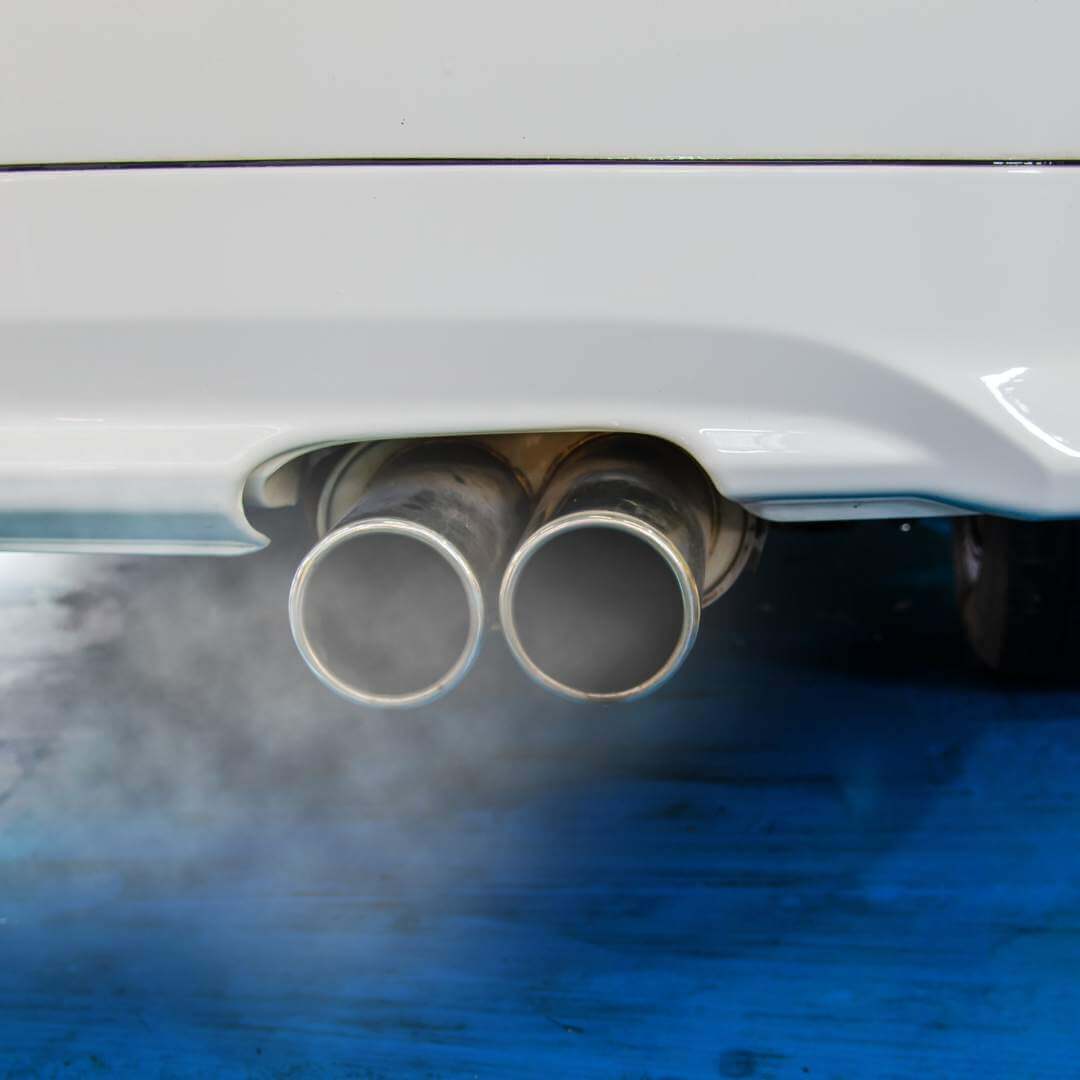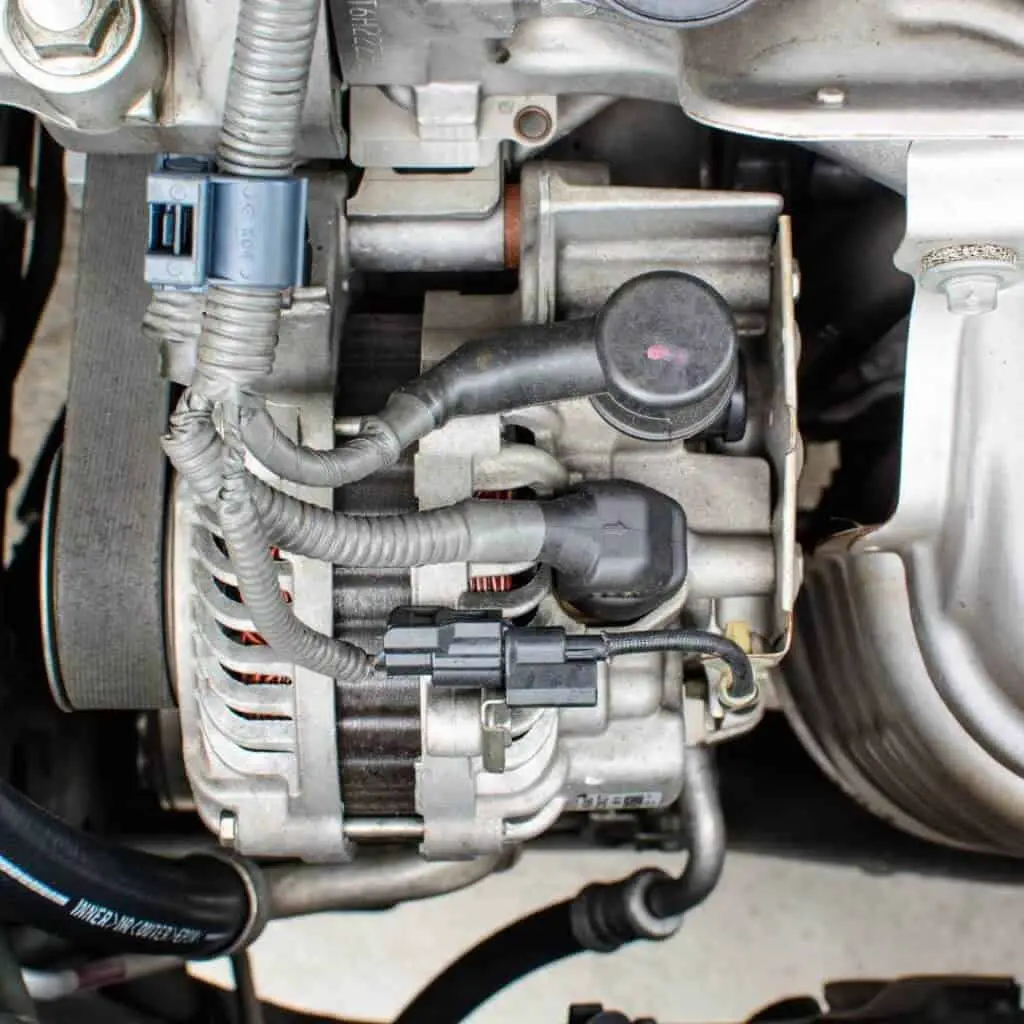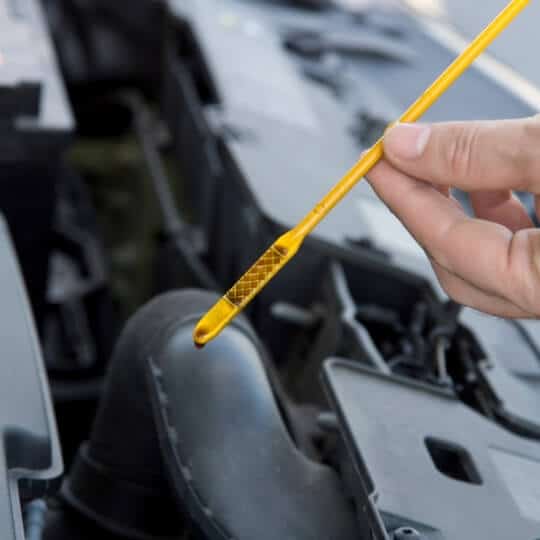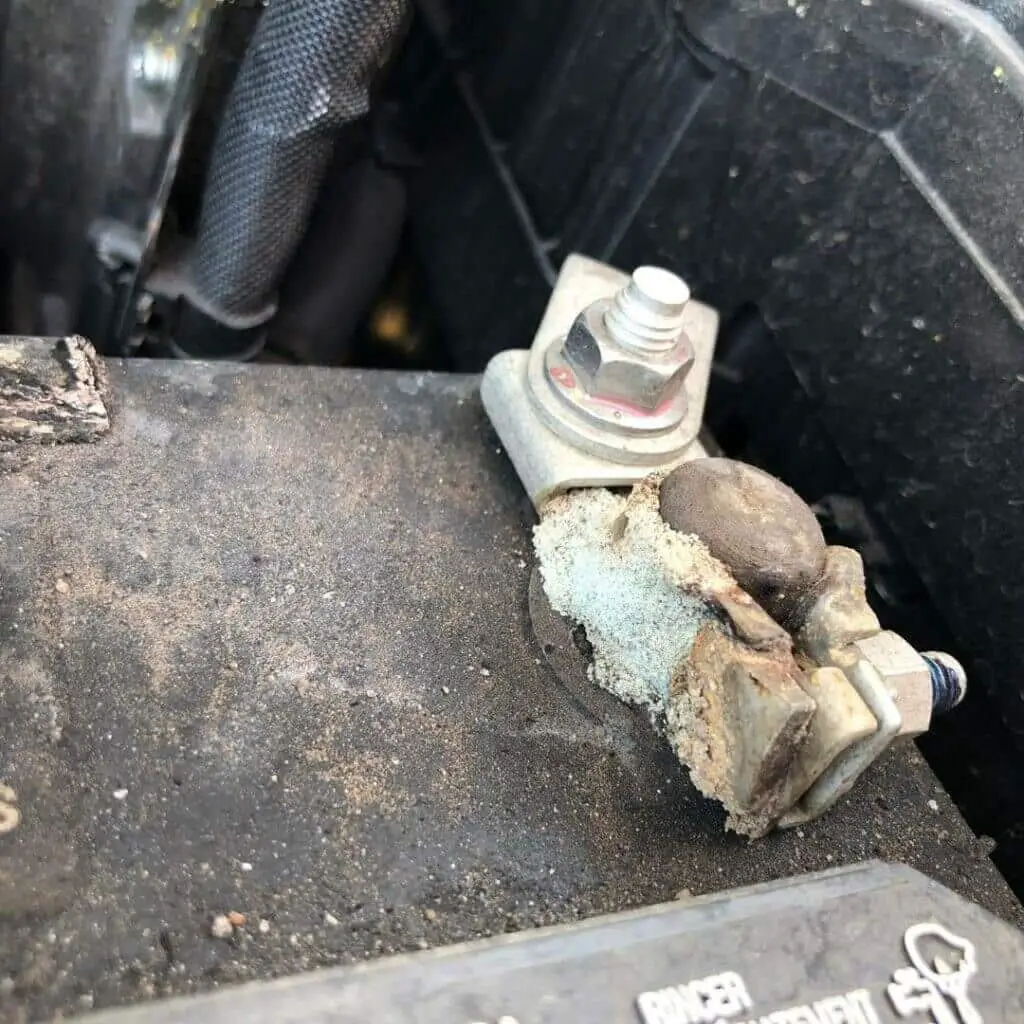Seafoam was made specifically to be used for cleaning engines. To be more precise, it’s utilized to clean your engine’s intake valves, carburetor passageways, and other parts. In other words, it should boil off and eliminate any carbon buildup that may occur inside your engine. But are there any problems after using seafoam?
It claims to be safe for both diesel and gasoline engines. However, in addition to the alleged positive advantages, we have already indicated that it can also have certain harmful effects.
There are various disagreements over this substance; some claim it has harmful effects on automobile engines, while others believe it serves the intended purpose just fine.
This article will review a few drawbacks of utilizing Seafoam in your machine. Additionally, we’ll demonstrate how to properly apply Seafoam to prevent engine damage.
What is Seafoam?

An additive called sea foam is used to clean cars’ engines and fuel. You can use it to clean the intake valves, carburetor tubes, and other crucial parts. It is intended to get rid of carbon deposits that accumulate over time.
Engines powered by gas and diesel may both use sea foam. However, only some vehicles on the road are compatible with it.
What then constitutes sea foam? The majority of the ingredients in Sea Foam are petroleum-based. Pale oil (40–60%), naphtha (25–35%), and isopropyl alcohol (10–20%) are a few of the main constituents.
How does Seafoam affect your Car Engine?
Cleaning automobile engines of debris and other obstructions that can impair performance is the main task of Seafoam. It works for all car models and serves this job quite effectively.
In reality, a company called “Seafoam” produces a range of solutions for car engines to extend their lifespan and provide the greatest performance [1].
However, although the seafoam engine cleaner does a wonderful job, some customers claim it has a few drawbacks.
Dangers of using Seafoam

There are numerous harmful impacts of Seafoam on the engine. However, these effects could still occur even if you have not used a lot of Seafoam. Based on historical customer complaints, the following are some of the harmful impacts that Seafoam has caused:
- It can make the engine oil thinner.
Using seafoam can thin out your oil. You need oil to keep your engine and its parts oiled. Your vehicle’s oil must meet specific viscosity and consistency requirements based on the engine type [2].
What happens then if your oil seems a little thinner than usual? Your best course of action is to drain the remaining oil and replenish it with fresh oil. You should take action right away.
- It might produce more sludge.
Unbelievably, the one method designed to eliminate sludge will have the opposite effect. Yes, it can produce even more sludge than it currently has. Your engine will undoubtedly experience problems as a result.
The engine may overheat more frequently than usual if there is more sludge, accumulation, or both [3]. The last thing you want is your engine to become so overheated that it stops working. Once more, getting rid of the extra sludge might be accomplished with an oil change.
- It might damage the oxygen sensor.
Consider the case where your oxygen sensor is about to fail. It has been argued that Seafoam could quicken it. However, you would be better off having the sensor itself replaced now.
What happens when an oxygen sensor breaks down? First, your engine could run a little rough. Furthermore, it may be the worst at spotting issues like overheating, clogging, and other issues at the worst possible time [4].
But things don’t end there. An oxygen sensor failure will lead to many more problems with the car. Poor fuel economy, reduced pollutant levels, and many other issues are discussed. Before you know it, the “Check Engine” light could turn on, leaving you sitting in your driveway as you try to figure out what’s wrong.
- Your gas mileage could be impacted.
When Seafoam is applied to your gas tank, there is a good chance that your gas mileage will suffer. This is due to the possibility of further fuel line congestion even if you pour more gasoline than is customary.
- Incompatible with some injector systems
The use of Seafoam in an engine with direct injectors is not advised. As a result, the sludge, muck, and debris will disperse. Even if it performs as promised, a new problem will arise.
This will become apparent as the injectors block up due to the buildup and other junk. Can you predict how that will turn out? The cost of repairs could run into thousands of dollars.
In this case, you should not use Seafoam to clean the engine because this will worsen things, especially if your car’s direct-injection diesel engine runs on diesel.
Why you shouldn’t use Seafoam in some engines
You may clean the engine for little money using sea foam. Additionally, it can stabilize gasoline and save your auto repair costs. However, if you use too much Sea Foam, it will cause the oil to thin out. Additionally, it reduces fuel efficiency, can harm the oxygen sensor, and is incompatible with all engines [5].
The only person who can decide if Sea Foam motor therapy would be a good alternative is you. However, if repairs already look essential and your engine is suitable, it can be worthwhile to add a bottle and observe the results for a relatively low cost.
According to some reports, some engines shouldn’t use Seafoam. Especially those in automobiles with older vintage engines. This is because certain components within your car, like your oxygen sensor or spark plugs, might not be able to handle a substance like Seafoam [6].
In addition, it won’t function with earlier cars with fuel injection systems built into the engines.
Some have also asserted that Seafoam may perform the exact opposite of what it is intended to do in most new or old engines. Over time, it can add more sludge to them rather than remove it. Additionally, that puts much stress on your engine (especially the engine overheating).
Can too much seafoam damage the engine?
Too much of a good thing, as the proverb goes, may be harmful. Seafoam fits the same description. What occurs then if you overfill your engine with it?
One example is that sludge problems could impact the oil in your car. Some have said that the oil tends to thin out, making it difficult to grease the internal components of vehicles (and keep the engine going). Without this plentiful oil flow, friction between the engine’s parts could cause many issues.
A vacuum system in your car could become clogged if you spray too much Seafoam. This implies that more blockages could arise as a result. In addition, your car’s engine may contain a lot of dirt, debris, and the like, in addition to sludge.
This could cause many problems for your car and cause the engine to die too soon. An overheated engine is a leading factor in fatal car accidents. Draining the present oil you have and then replacing it is one remedy for Seafoam issues.
Problems After Using Seafoam
You can apply Seafoam Motor Treatment in three locations: the diesel fuel filter, the fuel tank, and the crankcase. Use Seafoam Spray as recommended to clean the top end, as using liquid Seafoam directly into the intake tract is no longer advised. You’ll discover later that using Seafoam spray is a far better technique for thorough cleaning.
- Applying Seafoam In The Crankcase
Seafoam will remove oil varnish, quiet noisy lifters, and clear up sludge when added to the oil. For most vehicles, one can provide two treatments because it cures 16 quarts of oil. The optimum approach is to add the treatment 500–1,000 miles before the subsequent oil change and the remaining miles after. The second treatment will remove large amounts of varnish and sludge.
- Applying Seafoam in the fuel tank.
A single can has the ability to treat sixteen gallons of fuel. By doing so, you can stabilize the gasoline, control moisture, and clean deposits from the fuel pump, injectors, or carburetor jets. In addition, it possesses de-icing and anti-gel qualities for diesel engines.
- Applying Seafoam in the Diesel Fuel Filter
Use Seafoam to prime the filter when you replace your diesel fuel filter in the future rather than diesel fuel. The oil diesel fuel filter should be removed first. Before adding the Seafoam to a drop-in filter, use a siphon to remove any diesel fuel that may have accumulated in the housing.
Install your spin-in filter after filling it with Seafoam if you have one. The diesel fuel injectors will be cleaned using Seafoam. The engine should be started, allowed to idle for two minutes, and then turned off. Let the engine idle for 15 minutes to allow the Seafoam to operate. Drive the car as usual for at least 30 minutes after the first 15 minutes.
- Seafoam use in the top-end
Seafoam suggests utilizing Seafoam Spray Top Engine cleaner and lubrication to remove carbon buildup from the engine’s combustion chambers, intake valves, and air intake systems, including GDI engines.
Seafoam Spray is the same excellent Seafoam, but it is distributed more effectively because it comes in an aerosol spray rather than liquid.
Use Seafoam Spray by inserting the innovative “HOOK TOOL” and application hose into the air intake located directly in front of the throttle plates in the throttle body.
Start the engine after that and allow it to reach operating temperature. Next, spray the container’s contents into the engine after raising the idle to 2,000 RPM.
Next, turn off the engine and let the vehicle “Hot Soak” for 15 minutes. Then, restart the engine and vigorously test drive the car until the exhaust is clean after the Hot Soak period (a road test normally takes 5 to 10 miles of driving). Additionally, there are simple-to-follow instructions directly on the Seafoam Spray container.
Related: Problems After Usign Cataclean
The truth about Seafoam
The safety of using Seafoam on automobiles is up for discussion. Some claim to have had success with it, but others adamantly disagree. Although some adverse consequences have been noted, it’s true (whether you applied the appropriate quantity or too much).
In particular, due to the known negative effects, you should take Seafoam at your own risk if you do so. It is crucial that you know everything about your car, including what is going on “under the hood.” Doing this lets you decide if Seafoam is suitable for your vehicle. If you are doubtful, you should check into alternative engine cleaning techniques.
Nitrogen-based engine cleansers are widely available. However, if you want a smoother engine, especially if your automobile has a four-stroke liquid engine (which does not require Seafoam), be sure to use the right fuel. Certain fuel brands use additives and detergents for as long as possible to keep your engine running smoothly.




